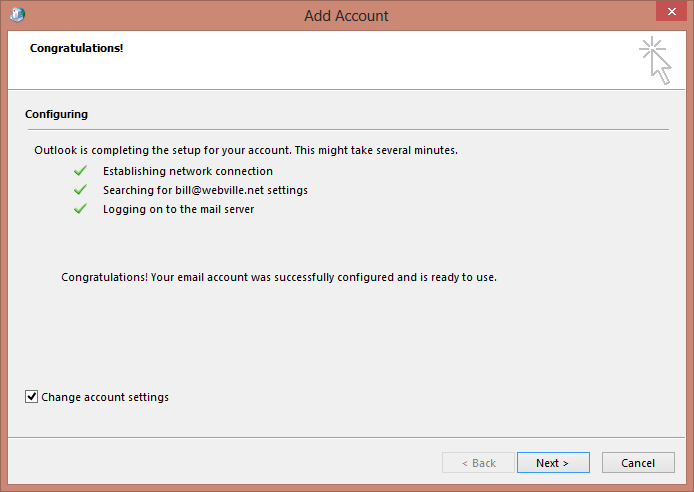
For this rapid study we used three models for which the data were readily available to study the climate change signal.Overall, we found no trend in the observations but due to the high variability of rain in this area this still allows fairly large underlying trends. The CenTrends dataset goes back to 1900 and is based on an extensive collection of station data in eastern Africa. First we looked for trends in the historical observations of rainfall.

In the rest of Somalia it was not as rare (1-in-10 to 30 years). In Somaliland this was a very rare, once-a-century, event. The autumn rains failed in both areas, with about half the normal amount of rain in the second half of the year on average, much less in some regions. In 2016 the spring rains were about 20 percent below normal in Somalia, but a bit above normal in Somaliland.

The main rivers along which many people base their livelihoods, the Shabelle, Dawa, and Juba have reached very low levels or have run dry (FAOSWALIM). at least one in five households face a complete lack of food and/or other basic needs and starvation, death, and destitution are evident) may be reached (FEWS net). FEWSNET reported that if the upcoming April to June “Gu” season rainfall failed, IPC-Level 5 Catastrophe (i.e. The deteriorating situation partly resulted from successive dry spells in 2016, leading to increased risk of mortality and severe long-term impacts on livelihoods and assets (IFRC). As of March 2017, over 40 percent of the Somali population was in need of emergency food assistance (UNOCHA).


 0 kommentar(er)
0 kommentar(er)
